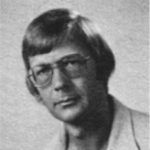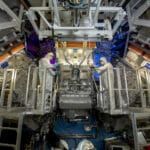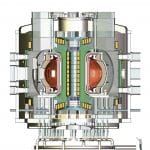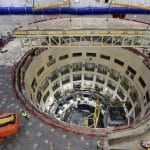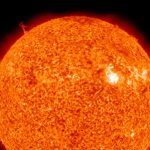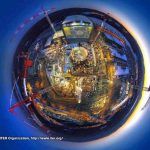Laser fusion
By Wim A. Smit, Peter Boskma | December 1, 1980
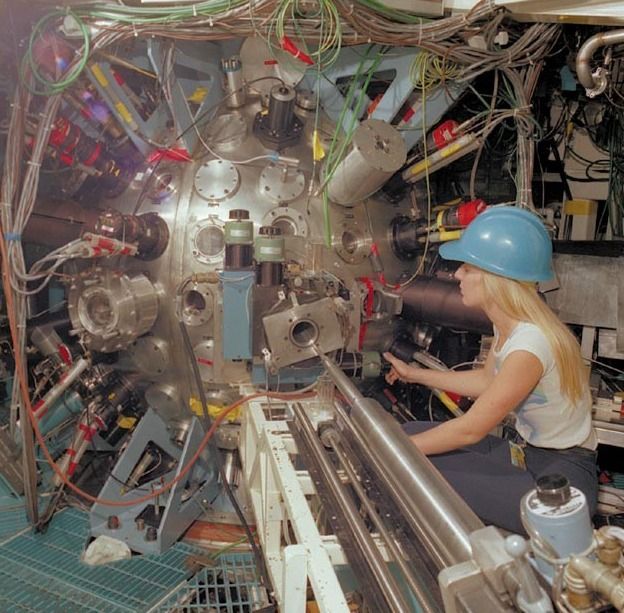 In 1977, Lawrence Livermore National Laboratory built the 20-beam infrared neodymium glass “Shiva” laser to study inertial confinement fusion and long-scale-length laser-plasma interactions. Due to the laser’s multi-beamed structure, the device was named after the multi-armed form of Shiva, the Hindu god of creation — and destruction. Image courtesy of LLNL
In 1977, Lawrence Livermore National Laboratory built the 20-beam infrared neodymium glass “Shiva” laser to study inertial confinement fusion and long-scale-length laser-plasma interactions. Due to the laser’s multi-beamed structure, the device was named after the multi-armed form of Shiva, the Hindu god of creation — and destruction. Image courtesy of LLNL
Many nations without access to fissionable materials but with expertise in laser fusion will be able to develop thermonuclear weapons. Presently, there are no restrictions on such research.
And let us not forget that one of the reasons why Nazi Germany developed rockets in the 1930s was that the Versailles Treaty did not forbid it. This treaty dealt with aircraft and so forth, but it did not deal with rockets, because it simply did not anticipate them. The people who wrote the treaty were unable to see and realize what might happen. And that is of course a problem. It’s a problem with arms control treaties generally: Technology tends to bypass the agreements which were made with past technology in mind.
>Read more: Laser fusion
Together, we make the world safer.
The Bulletin elevates expert voices above the noise. But as an independent nonprofit organization, our operations depend on the support of readers like you. Help us continue to deliver quality journalism that holds leaders accountable. Your support of our work at any level is important. In return, we promise our coverage will be understandable, influential, vigilant, solution-oriented, and fair-minded. Together we can make a difference.
Keywords: Nuclear Fusion Energy, fusion research, laser
Topics: Fusion Energy
